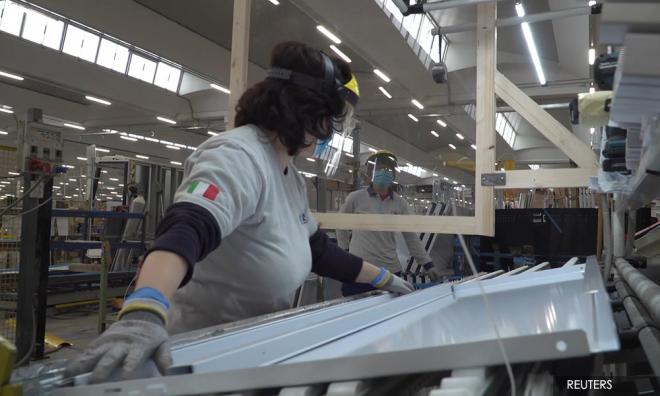Redundancy, retrenchment and lay-off

While the terms ‘redundancy’ ‘retrenchment’ and ‘lay-off’ are used interchangeably, they nevertheless have distinct legal connotations.
Lay-off means the suspension of an employee’s employment contract arising from the company’s temporary or long-term business strategy or economic conditions. It is a mere suspension of the employee from employment for a certain specified period of time.
During the current Covid-19 pandemic, there is temporary inactivity and thus, it is a common industrial practice to lay-off part of the labour force because of not much work to warrant that many workers. If the employee is laid off due to temporary diminution in the particular kind of work done by him, and subsequently re-engaged without claiming the lay-off benefits payment under the Employment (Termination and Lay-Off Benefits) Regulations 1980, it will be considered that there is no break in the continuity of his services with the organisation.
However, if the employee considers himself to have been terminated, he will have a right to termination benefits and at the rate mentioned in the 1980 Regulations. Once he has been paid the benefits, there will be a break in the continuity of his service, even if he is re-employed in the same organisation later in time.
Retrenchment, on the other hand, means termination of employee’s services because the employee has become a surplus to the requirement of the organisation which may be due to several factors such as the closure of business, restructuring, reduction in production, mergers, technological changes, take-over and economic downturn, among others.
It is a discharge of surplus labour for reasons otherwise than as a punishment inflicted by way of disciplinary action. Retrenchment could be justified when it is carried out for profitability, economy or convenience of the employer’s business. It should be carried out bona fide and not for the purpose of victimisation.
Meanwhile, redundancy means a surplus of labour and due to this superfluity, workers need to be removed or retrenched. Redundancy occurs when the employer has ceased or intends to cease continuing the business. It can also arise where work has ceased or diminished.
All these are brought about because of a change in business strategy as times are not always booming in the business world.
Redundancy may be established by showing that the business requires fewer employees of whatever kind resulting from a reorganisation exercise or due to other legitimate reasons for business operations.
In short, there must first be redundancy or surplus of labour before there can be retrenchment or termination of the surplus. To determine whether a retrenchment exercise in a particular case was bona fide or otherwise, would depend upon the peculiar facts and circumstances of each case.
While lay-off stands on its own, it is merely a suspension of the employee from employment for a specified period. The worker will return to work when his services are required and that there is no break in the continuity of his service. - Mkini
✍ Credit given to the original owner of this post : ☕ Malaysians Must Know the TRUTH
🌐 Hit This Link To Find Out More On Their Articles...🏄🏻♀️ Enjoy Surfing!



















Post a Comment